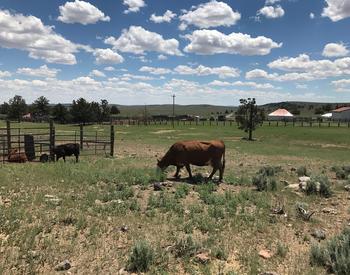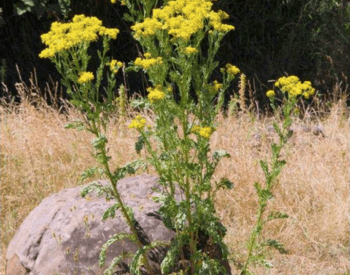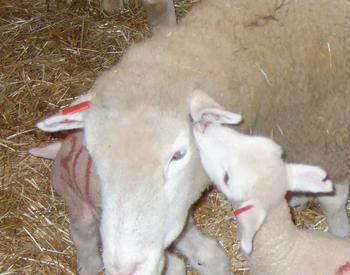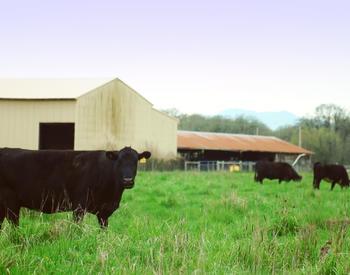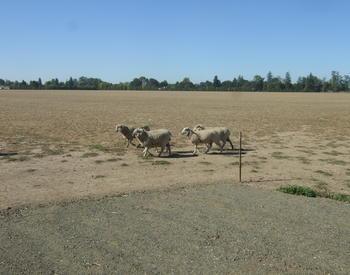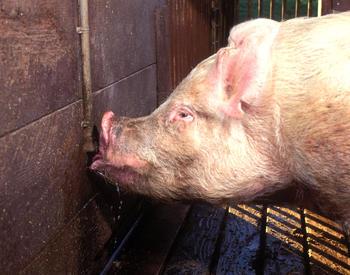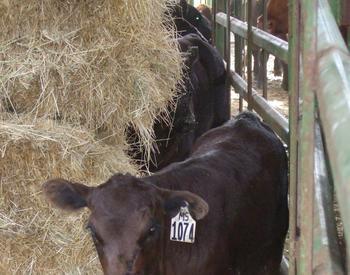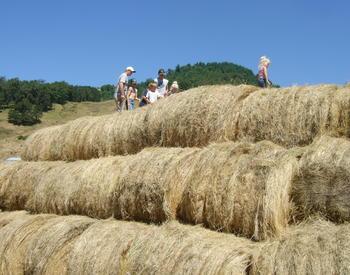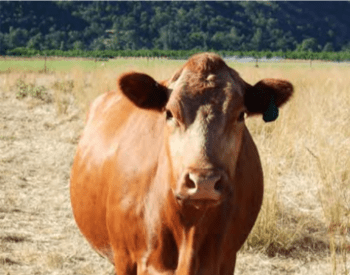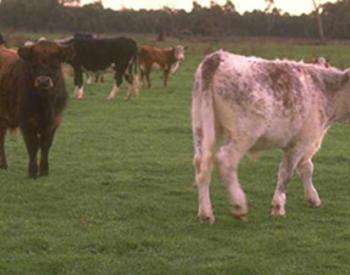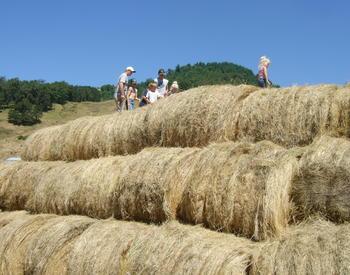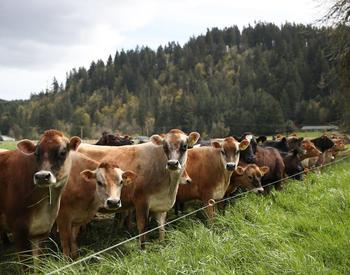We have wheat planted and along our fence line we have an infestation of tansy ragwort. Is it a good time to cut the flowers off, bag them, and leave the plant; or should I spray it? The neighbor across the road has tansy and has been mowing it. Their cows are in with the tansy, and they have been informed about the danger to the cows. Thank you for any help!
Tansy ragwort is an invasive pest in the PNW, known for being toxic to humans, livestock and pets.
The Clackamas Soil and Water Conservation District had an article on tansy ragwort, which stated that "Mowing is not a good control for tansy ragwort. While it may prevent the plant from immediately producing seeds, it also stimulates additional vegetative growth. This leads to more plants and more stems per plant in the same season. Mowing is especially problematic in pastures, where it can spread the toxic leaves, making it harder for grazing animals to avoid."
Read the full article here: July Invasive Weed of the Month: Tansy Ragwort, Clackamas Soil and Water Conservation District
Control methods for tansy ragwort
- Don’t overgraze pastures. The best defense against tansy ragwort is a strong stand of grass.
- Now (August) is not the time to spray. It should be done in spring before the plant bolts, or in fall when new seedlings are still rosettes.
- Mowing pastures after seeds have matured on the plant is not recommended. As mentioned above, this can help the the seeds to spread – and they can live in the soil for as long as 10 years and then germinate. Mowing can cause the plants to become short-lived perennials and grow back the following year. It also limits the food source for the biocontrol insects.
- If the acreage is small, the weed can be dug out and burned, buried, or sealed and taken to a landfill. Composting generally doesn’t work because the average compost pile doesn’t get hot enough to kill the weed seeds.
For more control methods, check out the following resource: How to manage tansy ragwort, OSU Extension
Good luck!
